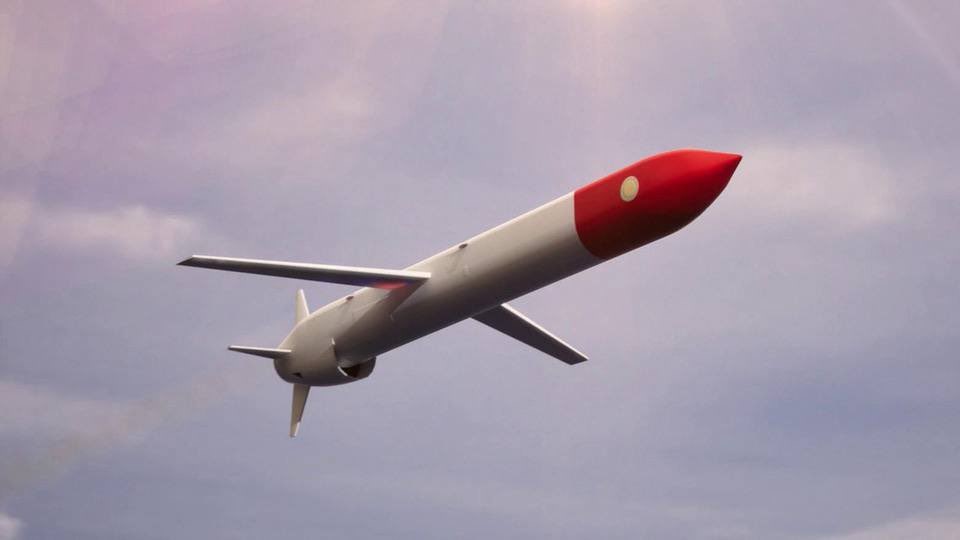The West is sounding alarms over Russia’s nuclear-powered Burevestnik missile, nicknamed a “flying Chernobyl” by critics. The New York Times described it as “a sci-fi weapon that could upend global security.” Rumored to have a virtually unlimited range, the missile has reignited fears, highlighting Moscow’s ability to keep the world on edge with cutting-edge technology.
Previously known by its NATO codename Skyfall, the missile was successfully tested in October 2025 and is reportedly being prepared for deployment by the Russian military. Its nuclear propulsion allows it to fly for extended periods at low altitude, theoretically evading current missile defense systems. One test flight reportedly lasted 15 hours, covering 14,000 kilometers.
The development has met skepticism and concern from Western experts. Critics question its military utility and highlight serious safety risks associated with the missile’s small nuclear reactor, leading some to dub it a “flying Chernobyl.”
The announcement comes amid heightened tensions over Russia’s war in Ukraine, prompting many analysts to view the test as a form of nuclear posturing — a stark reminder of the shifting dynamics in global security and the continued risks of advanced weapons technology.





